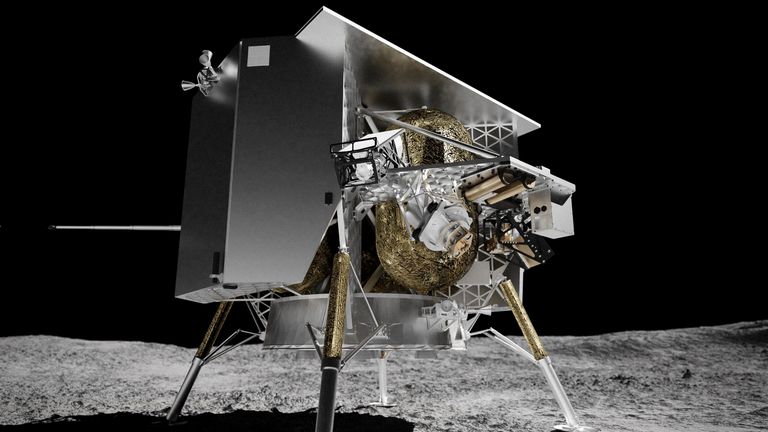A new era of commercial missions to the moon is due to lift off on Monday as NASA gambles on a ride on an untested private lunar lander – alongside human remains and a marketing stunt by a sports drink manufacturer.
Peregrine Mission-1 will be the first US spacecraft with the aim of landing on the moon since Apollo 17 in 1972.
But the robotic lander, which is the size of a garden shed, will be under the control of the American company Astrobotic.
NASA has paid the start-up just $108m (£85m) for five scientific instruments to be carried to the moon, a fraction of the cost of launching its own mission.
Chris Culbert, who heads NASA’s Commercial Lunar Payload Services (CLPS) programme, said the first flight will kickstart more frequent and cost-effective private trips to the moon’s surface.
“Landing on the moon is extremely difficult and success cannot be assured,” he said. “But these companies are technically rigorous and very business savvy. They are resourceful and driven.”
John Thornton, the head of Astrobotic, thanked NASA for “rolling the dice for commercial”.
The mission is on a tight budget.
To cut costs Peregrine will blast off from Cape Canaveral in Florida on the first test flight of the Vulcan Centaur rocket, built by United Launch Alliance.
Instrument designed in UK will study moon’s atmosphere
The launch window opens at 7.18am on Monday morning, UK time, with a good weather forecast. A landing is scheduled for 23 February.
One of the NASA science instruments on board has been designed at the UK’s Open University. It will be used to study the moon’s incredibly thin atmosphere and the movement of water molecules.
Dr Simeon Barber, who led the design team, said it was very different working on a private mission, compared to previous endeavours with space agencies in charge.
“We have had to develop an instrument in a little over a year during a pandemic,” he told Sky News. “That would not have happened under the old way of doing space instrument development.
“But that does allow you to take a bit more risk and make bigger steps forward.”
Controversy over human remains
The Peregrine mission has attracted controversy because of some of its commercial payloads.
The Navajo Nation of Native Americans has written to NASA demanding the launch should be delayed because there will be capsules on board containing human remains.
The nation’s president, Buu Nygren, said sending cremated remains to the moon “is tantamount to the desecration of this sacred space”.
Joel Kearns, who heads NASA’s exploration science strategy, said the space agency had no control over commercial payloads on board.
But he added: “We take the concerns of the Navajo Nation very seriously and we will be continuing this conversation.”
Mr Thornton, the head of Astrobotic, said he was disappointed the objection had only been made recently, despite the intention of carrying human remains being announced in 2015.
“We have tried to do the right thing at every turn,” he said. “I would have liked to have had this conversation a long time ago. We hope we can find a good way forward.”
Mission will take mementoes to the moon
Eyebrows have also been raised over other commercial payloads.
The delivery company DHL is launching its MoonBox programme, taking mementoes such as photos, novels and even a sample of Mount Everest to the lunar surface.
A can of the energy drink Pocari Sweat will also be on board, containing messages from 80,000 children and a powdered formulation of the product that future astronauts will be able to mix with lunar water.
Astrobotic has shrugged off criticism of the mission’s commercial cargo.
“To be leading America back to the surface of the moon is a momentous honour,” said Mr Thornton. “We have been dreaming of this for 16 years.”
